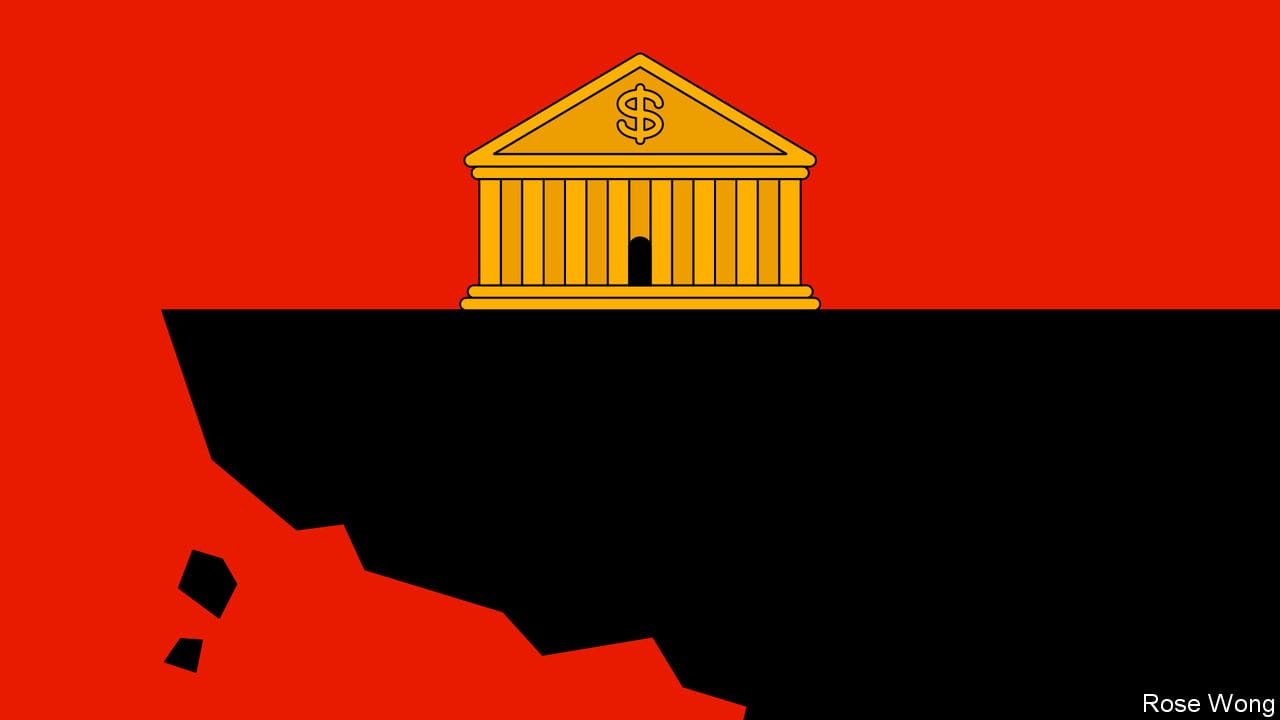- by
- 01 30, 2025
-

-
-
Loading

Loading


not to feel a sense of foreboding. As the Federal Reserve has tightened policy, asset prices have plunged. Stocks, as measured by the Wilshire 5000 all-cap index, have shed $12trn of market capitalisation since January. Another $7trn has been wiped off bonds, which have lost 14% of their value. Some $2trn of crypto market-cap has vanished over the past year. House prices adjust more slowly, but are falling. Mortgage rates have hit 7%, up from 3% last year. And this is all in America—.Rising rates will slow the American economy and should break the back of inflation. But what else will they break? Since the Federal Reserve raised rates again on September 22nd, global markets have been in turmoil. When the British government announced unfunded tax cuts a day later, fire-sales by pension funds caused the yield on government bonds (or “gilts”) to spiral out of control. Contagion then spread to the , which is as volatile and illiquid as it was at the start of covid-19. The cost to insure against the default of Credit Suisse, a global bank, has risen sharply. These ructions indicate the world is entering a new phase, in which financial markets no longer just reflect the pain of adjusting to the new economic context—pricing in higher rates and lower growth—but now also spread pain of their own.